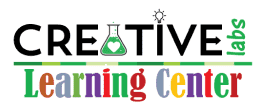In the area of understanding the development of young children, no tool is better than an anecdotal record. These concise factual reports give teachers instant information on the manner in which a child thinks, behaves, and interacts with others. More importantly, they help teachers communicate properly with parents on their child’s progress and needs.
At Creative Labs Center, we utilize anecdotal records as part of our reflective teaching approach to support our teamwork with families and tailor learning with our Pre-kindergarten program in Alpharetta.
Table of Contents
ToggleWhat Is an Anecdotal Record and Why Does It Matter?
An anecdotal record is a brief written description of a child’s action or behavior, made as it happens. Unlike formal tests, such records are informal, specific, and directed at real moments in the classroom. For example, a teacher might write, “Ella helped a peer in picking up blocks without being asked,” which is telling about her developing social skills.
These records are significant because they allow teachers to track individual learning, behavior, and interaction patterns. Over time, a series of anecdotal records build a more comprehensive picture of each child’s progress.
Application of Anecdotal Record in Child Development
The role of anecdotal record in child development is monumental. Teachers use these observations to decide a child’s strengths and areas of concern. Whether it’s sharing, conflict resolution, or problem-solving, each anecdotal record child development entry informs a tailored learning plan.
This record helps activity and lesson planning to align developmental stages. Reference to several anecdotal record child development examples across time helps teachers recognize trends and plan teaching according to these tendencies.
How Anecdotal Records Facilitate Parent Communication
One of the best benefits of anecdotal records is the way they facilitate communication between parents and teachers. Instead of generalized reports, teachers are able to provide detailed pictures that reflect a child’s growth. This makes parent conferences more informative and collaborative.
For instance, talking about a Child Observation Record of how a child coped with a new challenge updates parents real progress. It also leaves space for open, constructive discussion. Parents feel more involved and aware when they see real examples from the classroom.
The Role of Child Observation Record in Classrooms
A Child Observation Record is a more general recording tool that consists of a few anecdotal records, photographs, and checklists. It’s used to chart developmental milestones in an orderly format. In class, these records help teachers to remain reflective in their teaching and observations.
For instance, during circle time, a teacher can use a Child Observation Record to record how frequently a child responds, listens, or obeys instructions. Such information is useful during parent-teacher conferences or when discussing potential learning difficulties.
These records also help in supporting students with early intervention strategies if a developmental delay is suspected. That’s why they’re so valuable as part of any high-quality early learning environment such as our Pre-kindergarten program in Alpharetta.
Different Types of Anecdotal Record and Their Importance
There are several types of anecdotal records used by teachers depending on their concern areas. Some record social behavior, while others record cognitive or emotional growth. Teachers may write an example of an anecdotal record of behavior, noting how a child reacts to conflict or praise.
Understanding anecdotal record types enhances more effective observation skills in teachers. It also gives a fuller picture of a child’s progress, so no detail of worth is overlooked.
In tracking learning over time, the combination of different types of anecdotal record with formal assessment paints the complete picture of a child’s achievement.
Real-Life Applications in Early Childhood Education
In early childhood classrooms, an anecdotal record in early childhood can be a short note about the way a child approached a puzzle or resolved a conflict. Such short records are convenient but efficient—teaching staff can spot patterns and see growth.
At Creative Labs Center, we use anecdotal records in early childhood to inform group activities, pinpoint individual needs, and remain open with families. It makes sure that learning plans are never one-size-fits-all—they’re child-centered and responsive.
We also use sample anecdotal records for behavior in our reflective teaching and in close consultation with parents when patterns of behavior are identified. Such records are always talked over respectfully and confidentially, with a view to improving the child’s overall development.
Final Thoughts
An anecdotal record is greater than a note—it’s a glimpse into a child’s life. No matter if its function is to monitor growth, communicate with parents, or guide instruction, its value in early learning cannot be underestimated. With increased communication with families, insight into major milestones, and enhancing practice, these records allow educators to be purposeful, responsive, and caring.
At Creative Labs Center, our educators are trained to use anecdotal record child development tools that provide stronger home-school connections. For a child-focused environment where your child is heard, seen, and cared for based on their unique needs, learn about our Pre-kindergarten program in Alpharetta today.
Allow us to assist your child in shining through goal-oriented learning and open communication







